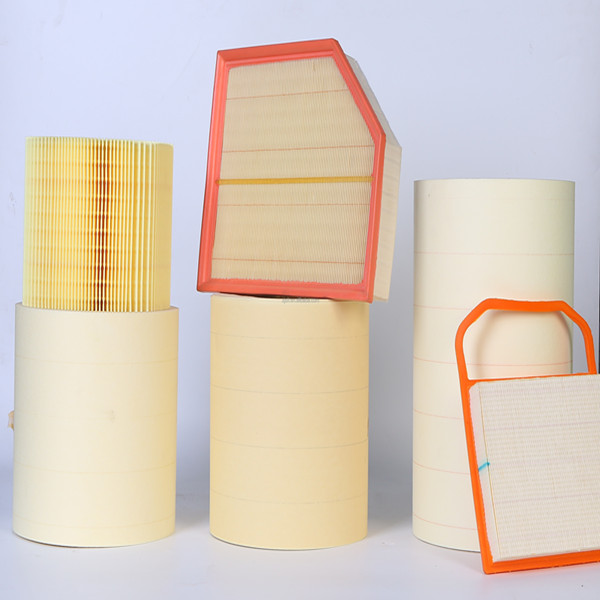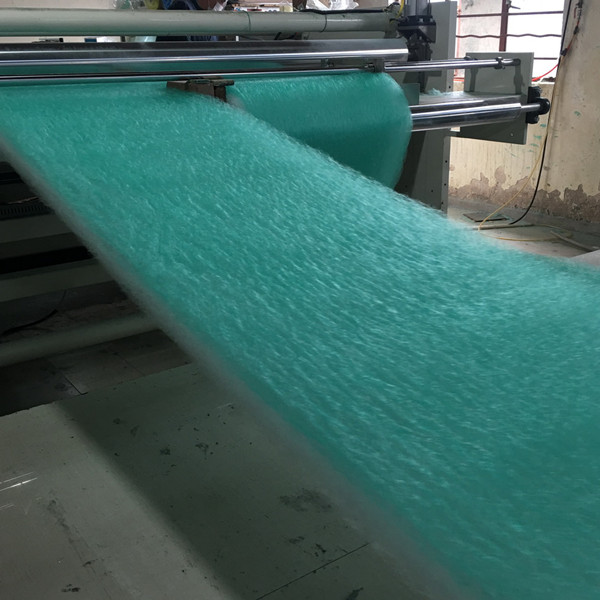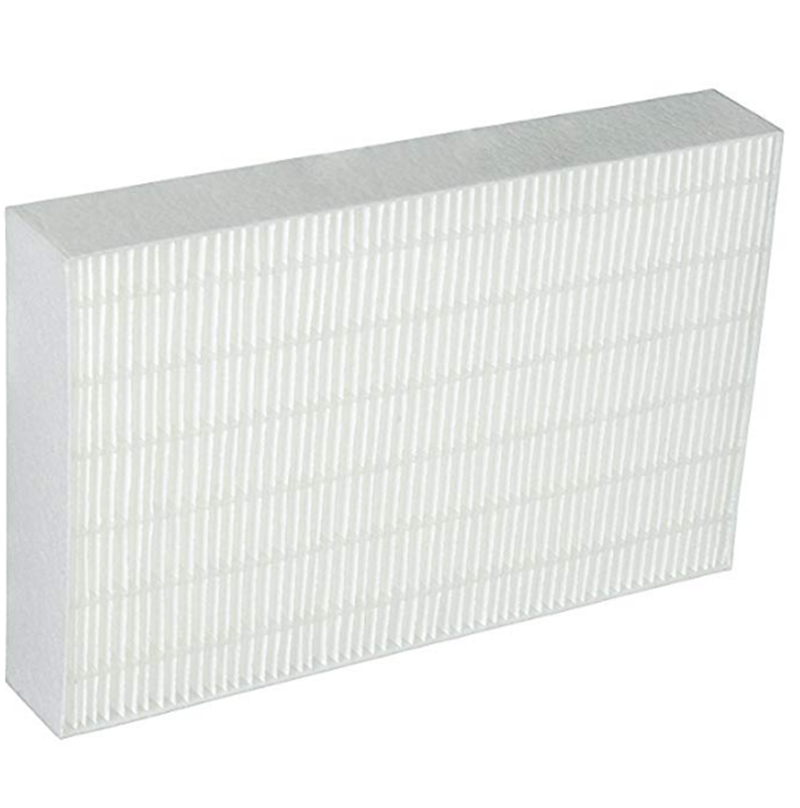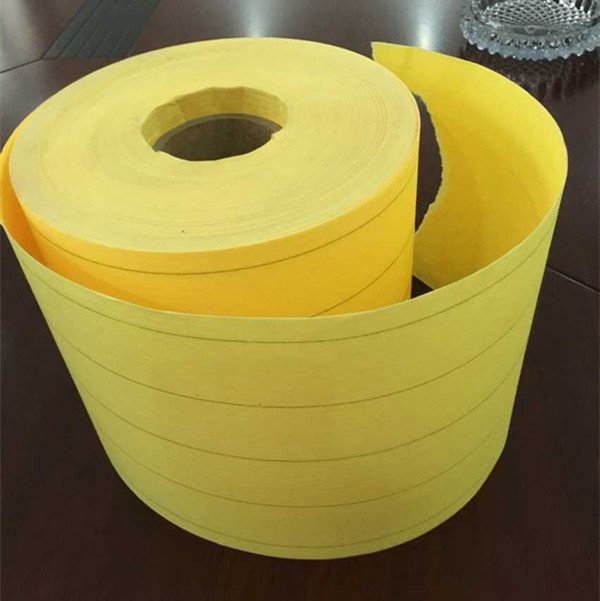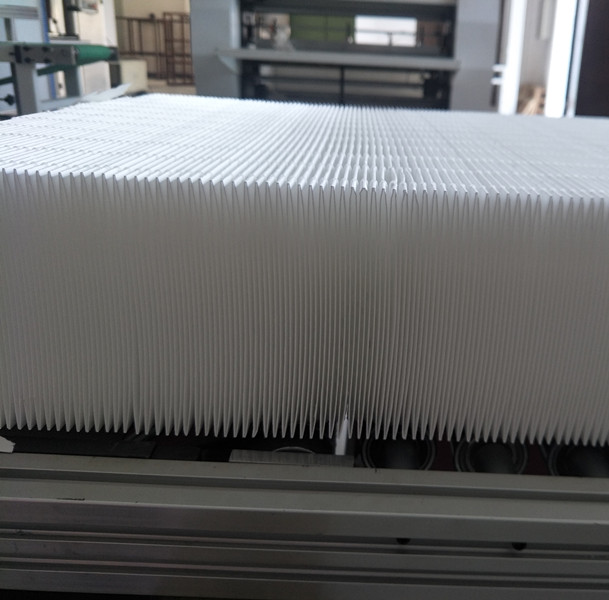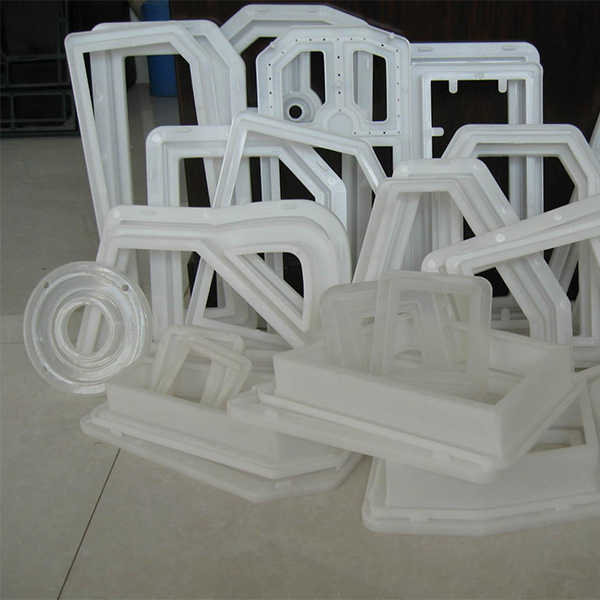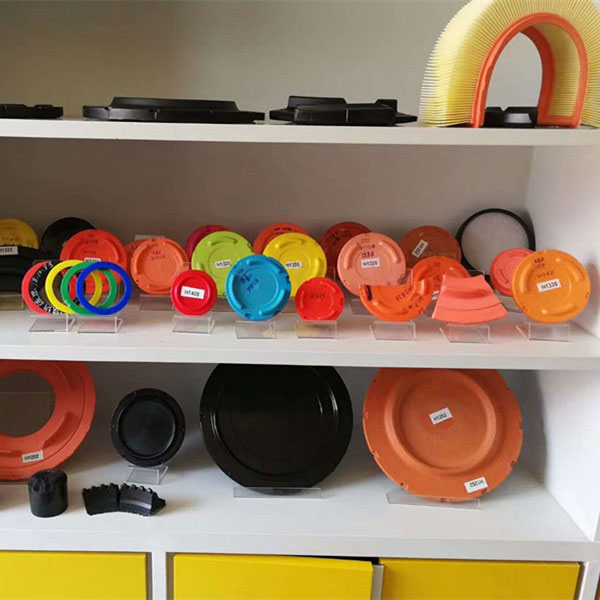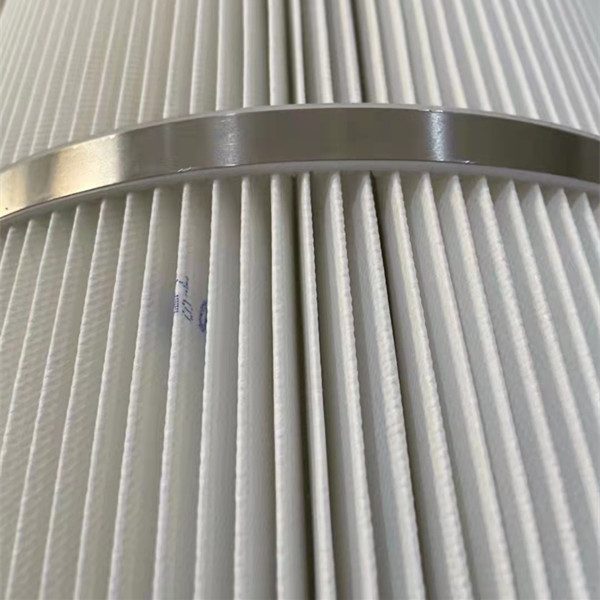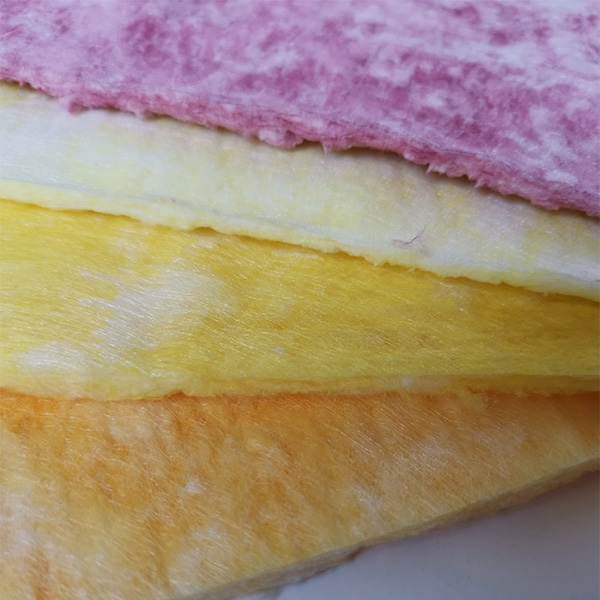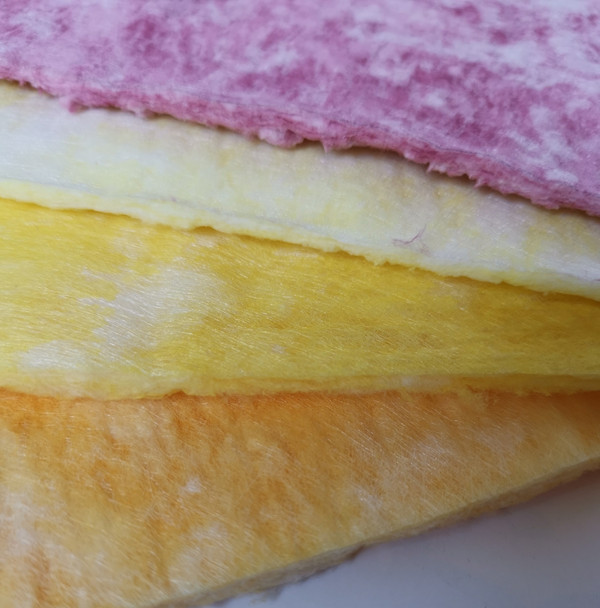Indoor air quality has become more critical than ever, especially in environments like hospitals, office buildings, clean rooms, and manufacturing plants. The secret to maintaining consistently clean and safe air lies in choosing the right pocket filter media. This specialized media is designed for high-capacity air filtration systems, offering exceptional dust-holding capacity and low resistance across large airflow volumes.
Pocket filter media is the essential component in pocket-style filters, responsible for trapping airborne pollutants such as fine dust, pollen, mold spores, and even microorganisms. It is commonly used in HVAC systems, ventilation units, and air handling systems that require high-efficiency filtration with long service life. What sets it apart is its multi-layer structure and synthetic fiber composition, which provide a larger surface area and increased filtration depth compared to standard filters.
Modern pocket filter media is engineered to be both durable and flexible, resisting collapse under high airflow or moisture. It is often produced using progressive density technology, where layers of varying density capture particles at different depths, ensuring maximum efficiency without compromising airflow.
Investing in superior pocket filter media not only extends the lifespan of HVAC components but also contributes to healthier air and reduced energy costs. Whether for commercial or industrial use, it is a key player in sustainable and effective air management systems.
Why the Right Pocket Air Filter Media Matters in HVAC Systems
While many people focus on filters as whole units, the real performance begins with the pocket air filter media used inside them. This material is the heart of the filtering process, determining how well the filter captures and retains harmful particles from the air circulating through buildings.
High-efficiency pocket air filter media plays a crucial role in achieving required clean air standards, particularly in regulated environments like pharmaceutical labs, data centers, and hospitals. It is typically made of synthetic fibers or a blend of synthetic and micro-glass materials, which are thermally bonded to avoid shedding fibers during operation.
One of the advantages of modern pocket air filter media is its compatibility with various pocket filter designs, including V-bank, box-style, and rigid filters. This versatility makes it a reliable option for diverse air purification needs. The media is also customizable in terms of fiber density, weight, and filtration grade—ranging from coarse pre-filters to fine F9 or even ePM1 class filters under ISO standards.
In HVAC systems, low pressure drop is essential to maintain energy efficiency. A well-designed pocket air filter media ensures optimal dust loading while minimizing airflow resistance. This balance reduces the workload on fans and blowers, helping lower operational costs while maintaining air cleanliness.
Choosing the right pocket air filter media not only improves system efficiency but also enhances indoor air quality, prolongs equipment life, and helps achieve compliance with indoor air quality regulations.
The Key Benefits of Installing a High-Efficiency Pocket Air Filter
A pocket air filter is one of the most effective and economical solutions for large-volume air filtration in commercial and industrial spaces. Its innovative design features multiple deep pockets or sleeves made of synthetic or fiberglass media, which capture airborne particles efficiently while maintaining excellent airflow.
One of the standout benefits of using a pocket air filter is its high dust-holding capacity. This allows for longer service intervals, reducing maintenance frequency and downtime. As a result, facilities benefit from lower operating costs and improved system reliability. The deep pockets also help in distributing air evenly across the filter, preventing localized clogging and pressure surges.
Pocket air filters are commonly used as secondary or final filters in multi-stage filtration systems. In environments with high particulate load, such as workshops, food processing facilities, and public buildings, these filters effectively trap contaminants before they reach more sensitive components like HEPA filters or air exchangers.
Another major advantage of a pocket air filter is its customizable performance. Filters are available in multiple sizes, pocket counts, and filtration grades, making them adaptable to various system designs. Modern filters are designed to handle airflow rates up to 4,000 m³/h per filter, without compromising efficiency or integrity.
Whether you’re retrofitting an old system or setting up a new HVAC infrastructure, a high-performance pocket air filter ensures long-lasting protection, superior air quality, and regulatory compliance for indoor environments.
Innovations from Leading Pocket Filter Media Factory Sources
Behind every high-efficiency air filter lies the expertise and technology of a professional pocket filter media factory. These specialized manufacturing facilities play a pivotal role in developing, producing, and distributing advanced filtration media that powers the world's best HVAC systems.
A modern pocket filter media factory invests heavily in research and development to create media that meets evolving industry needs. From energy-efficient materials to antimicrobial treatments, today’s factories go far beyond traditional media production. They offer customized solutions for OEMs, distributors, and end users, ensuring that each roll or sheet of filter media aligns with specific system requirements.
Advanced production lines in a pocket filter media factory often feature melt-blown extrusion, thermal bonding, ultrasonic sealing, and lamination technologies. These processes guarantee consistent quality, low fiber release, and precise control over thickness, air permeability, and filtration grade.
Additionally, many factories now comply with international standards like ISO 16890 and EN 779, which certify the performance and environmental safety of their products. Partnering with a reliable pocket filter media factory ensures that you're sourcing filter media that’s not only effective but also sustainable and compliant with modern regulations.
By sourcing your filtration media directly from a professional pocket filter media factory, you benefit from shorter supply chains, reduced costs, faster delivery, and expert technical support. Whether for private labeling, OEM integration, or direct application, these factories are the backbone of efficient, large-scale air purification systems.
Choosing the Best Pocket Filter Media for Long-Term Value and Performance
With countless options available on the market, choosing the best pocket filter media requires more than just a look at specifications. You need to consider performance, durability, maintenance, and how well the media suits your specific HVAC system or environment.
Start by assessing your air quality requirements. For industrial applications with high levels of dust and pollutants, opt for heavy-duty pocket filter media with multi-layer construction and higher filtration grades. For more controlled environments like healthcare or office spaces, finer media that targets smaller particles and allergens may be ideal.
Also, evaluate the durability and moisture resistance of the media. The best pocket filter media maintains its form even in humid or variable temperature conditions. Media made from synthetic fibers typically outperforms fiberglass in durability and safety, especially where fiber shedding could be an issue.
Operational costs are another consideration. Filters with lower initial resistance tend to save more energy over time. The right media should balance airflow and filtration efficiency to reduce the strain on HVAC systems. Always check compatibility with your existing filter housing and system design.
Finally, consider the reputation of the supplier or manufacturer. A high-quality pocket filter media factory will provide documentation, samples, and technical support, helping you make informed choices that deliver long-term value.
pocket filter media FAQs
What is the main purpose of using pocket filter media in HVAC systems?
Pocket filter media is designed to capture airborne particles such as dust, pollen, bacteria, and mold spores in HVAC systems. It serves as the core filtration component in pocket filters, offering a high dust-holding capacity and low resistance to airflow. This media ensures better air quality and protects the HVAC equipment from particulate buildup.
How does pocket air filter media differ from other types of filter media?
Pocket air filter media is typically more robust and has a deeper loading structure compared to flat-panel or pleated filter media. It’s engineered for high airflow applications and features multi-layer synthetic fibers or micro-glass compositions that trap a wide range of particles while maintaining consistent airflow. It is ideal for environments requiring both efficiency and durability.
Where can I install a pocket air filter?
A pocket air filter can be installed in HVAC systems of commercial buildings, clean rooms, hospitals, schools, factories, and shopping malls. It functions as a secondary or final filter stage and is particularly useful in high-volume air systems where longevity and low maintenance are priorities. These filters fit into standard filter frames or housings.
What factors should I consider when choosing a pocket filter media factory?
When selecting a pocket filter media factory, consider the factory's production technology, certifications, material quality, and customization capabilities. A reliable factory will follow international filtration standards, provide consistent quality, offer fast turnaround times, and support clients with technical consultation and sample testing.
How often should I replace a filter made with pocket filter media?
The replacement interval depends on usage conditions, but typically, filters made with pocket filter media should be replaced every 3–6 months in high-load environments and every 6–12 months in lighter-use settings. Regular monitoring of airflow and pressure drop helps determine the ideal replacement schedule for optimal performance.
Post time: Jun-18-2025

